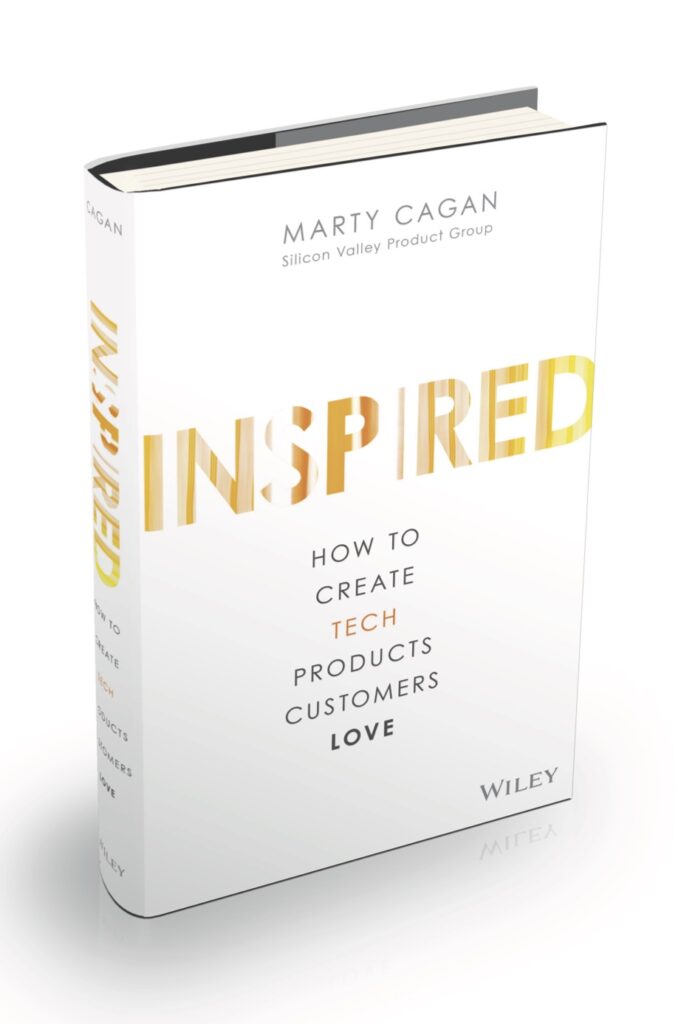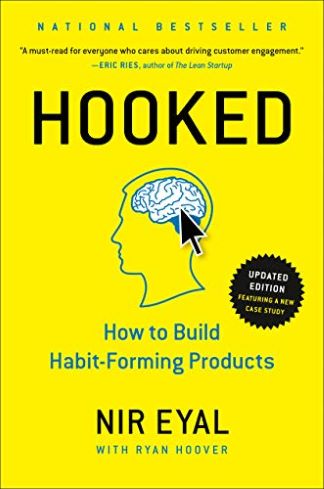As product managers, we are taught to build great products, products that customers really love. Our product management books talk about it loud and clear:


but as you become a product leader – CPO, VP Product, Head of Product – you have an extended responsibility. Creating products that customers love is no longer enough. You have to create products that are business successful. And while it may seem that one leads to the other, this is usually not the case.
It’s true that having a product that customers love is necessary in order to demonstrate business success, but that alone does not guarantee the success you are looking for. It’s a necessary but insufficient condition.
Kevin Costner Was Wrong
If you are like me, you probably ask “why” a lot, and when the CEO asks you to do something, you try to find the reasoning behind it and make sure it makes sense.
If you have tried it long enough, and couldn’t find answers, people might have used the old saying “build it and they will come*” to urge you into action. In other words, if you believe in something, go for it, and the rest will align around it.
Unfortunately, in tech products, this is rarely the case. Even if you create a tighter condition here – “build a great product and business will come” – it still doesn’t hold.
I’m not talking about the fact that you need to market and sell the product (you need it at any point in time, with any product, especially before you have product-market fit). I’m talking about products that even with proper sales and marketing still can’t succeed.
How come? Here are a few examples.
* the original quote from the 1989 Kevin Costner movie Field of Dreams is “if you build it, he will come”. But nonetheless, the misquote “build it and they will come” has become widely used in business. You can’t trust misquotes 😉
They Love the Product, but Won’t Pay
The simplest example of why a great product isn’t enough to bring you business success is the following: your customers love the product. They use it, a lot. They recommend it to their friends. They don’t want it to go away. But that’s only true as long as the product is free. They love it, but not enough to pay for it.
Of course, other business models exist. If you have a wide customer base of people who love your product and use it all the time, Facebook might acquire you for $16B. But for us, the mere mortals who are not Google or Facebook, monetization strategy should be a core part of our path to success.
Another version of this issue is when your customers are willing to pay, but not enough to justify your CAC, or otherwise not enough to build a successful business. Do the math – what do you need the numbers to be in order to succeed? Think about short term goals – meeting this year’s revenue goals for example, and long term ones – like keeping a viable, growing business.
They Love the Product, but Can’t Pay
Another issue, relevant mostly to B2B products, is when your users love the product, but they are not the ones who make the purchase decision. They also don’t have a budget to allocate for this, and usually can’t justify why this is a good purchase to the decision-makers within their company.
Here is an important rule for building successful B2B products: you must solve a problem for the buyer, not only for the user. Even if the buyer is the manager of the users (for example you are selling to the accounting department, and the department manager is the one who makes the decision), they might not see the problem the same way or not feel it is justifying purchasing the product.
In your product strategy, you should have a detailed description of the user persona as well as the buyer persona, and make sure you solve the problem that each of them cares about. Even if that means solving two different problems simultaneously.
They Love the Product, but They Are the Only Ones
Tech products require a heavy investment in development. That’s why most startups need VC funding in order to grow. Becoming profitable (even without considering that any revenue is then invested back into development) is a very late stage for startups.
The reason VCs are willing to invest huge amounts of money in the risky business of tech startups is the assumption that once the product is built, it can be sold in masses to return the heavy initial investment. Simply put, this means that you should address a huge market from the get-go, otherwise you won’t be able to raise money – no matter how great your product really is.
That is not the only problem with a total addressable market that is too small. If you don’t have a large potential market, most likely you won’t be able to even build a product that your customers love (since you won’t be able to iterate and explore freely). And of course, since you will be nowhere near owning 100% of the market, the overall revenue might be too small.
The business world measures growth, and even worse for you – sustainable growth. That is, not only you have to show that your business is growing, you have to convince the market that you can maintain and expand this growth rate. If the customers who love your product are not too many, it will be impossible for you to demonstrate the required growth rates.
Is It a Product Problem?
Usually when I start working with a new company, one of the first questions that come up is where is the problem exactly. If your product isn’t selling well enough, is it a product issue? Maybe the product is fine, but the sales team isn’t good enough? Or perhaps it’s a marketing problem?
The thing is, that if you look at everything I listed above, these are fundamental issues in the product definition. Not the features definition, not the experience, but still – definitely product.
Even if you have the most talented sales and marketing teams, if you define a product that only speaks to a very small market, they won’t be able to bring more sales. And if you define a product that doesn’t work for the buyer and only for the user, guess what – the buyers won’t be convinced and sales won’t happen.
Defining the right product starts with choosing the right problem to solve. One that is worth paying money for, that is important enough to both the user and the buyer, and that is wide enough for you to build a successful tech company.
Rate your product according to the criteria I just mentioned. How are you doing in each? Start owning the business success of your product by making sure you choose the right problem. Haven’t got a perfect score? It’s never too late to refine the product strategy and pivot. Every successful company you can think of has done it. Maybe you should too.










